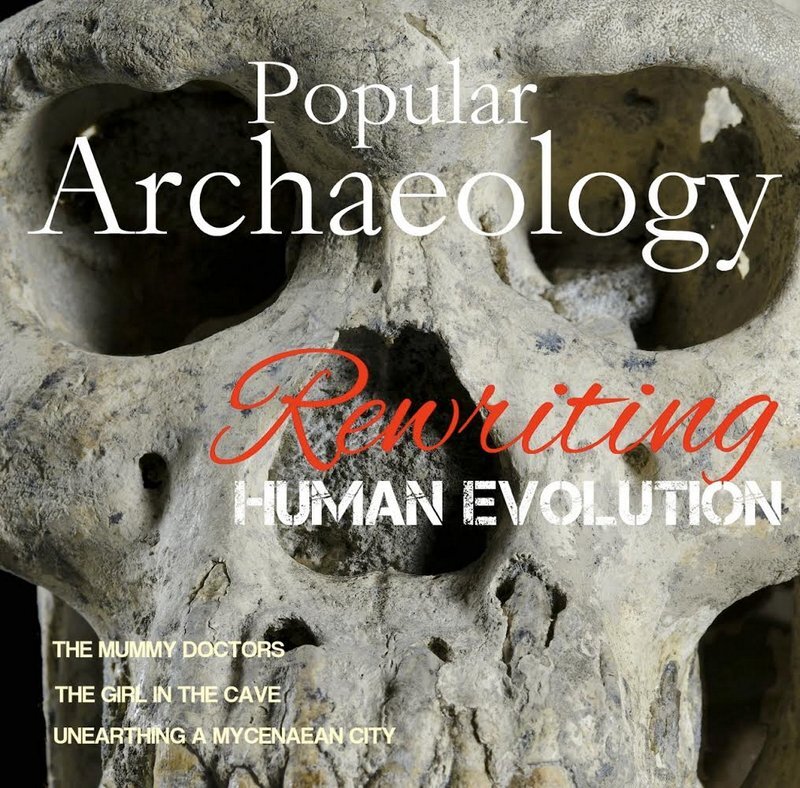
For three decades, archaeologist Anabel Ford has been exploring and studying the ancient Maya site of El Pilar, but until now she has never encountered anything like the ‘Citadel’.
“We discovered a completely new component of the greater site that does not meet with any traditional expectations,” said Ford. “It shares nothing in common with Classic Maya centers: no clear open plaza, no cardinal structure orientation, and curiously no evident relationship to the major Classic site of El Pilar, little more that 600 meters away.”
What Ford was describing was an unseen building, or associated complex of buildings, that was recently only detected by remote sensing technology—more specifically, a laser application known as LiDAR, or Light Detection and Ranging—in this instance an airborne remote sensing technique utilizing a helicopter employing laser technology to penetrate the thick vegetation and forest canopy that overlies and enshrouds objects and structures. It is a way of ‘seeing through’ the forest to reveal things otherwise invisible to the naked eye.
LiDAR helped to produce a remarkable map of El Pilar, revealing unexposed Maya architectural and other human-made features that, although still hidden from the naked eye, fit an often-seen pattern. This new set of structures, however, was something new. Dubbed the “Citadel” because of its location perched atop a ridge with the appearance of fortifications, it contains concentric terracing and four ‘temples’, each about three to four meters high. Unlike the other structure complexes, it seems by placement to have been isolated from the rest of greater El Pilar.
“The complex stretches from south to north across nearly a kilometer of terrain dramatically shaped into the hill with evident design and purpose,” states Ford. “The enormous complex presents a mystery. What is its origin? When was it built? How was it used? Why was it isolated?”
_____________________________________
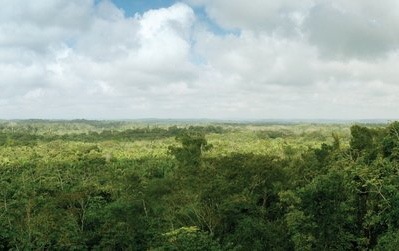 El Pilar lies below a thick jungle canopy. Courtesy BRASS/El Pilar
El Pilar lies below a thick jungle canopy. Courtesy BRASS/El Pilar
____________________________________
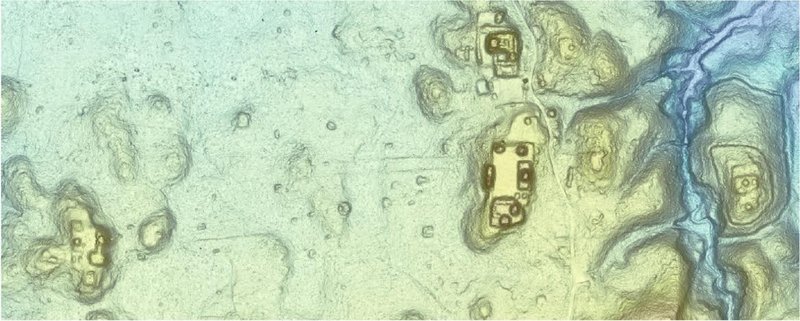 LiDAR image showing the core area of El Pilar. Courtesy BRASS/El Pilar
LiDAR image showing the core area of El Pilar. Courtesy BRASS/El Pilar
____________________________________
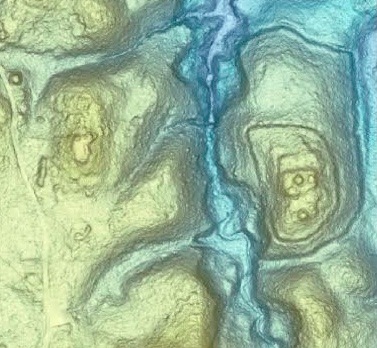 LiDAR detail view of the newly discovered Citadel detected east of the main temples of El Pilar. Citadel is on the right. Courtesy BRASS/El Pilar
LiDAR detail view of the newly discovered Citadel detected east of the main temples of El Pilar. Citadel is on the right. Courtesy BRASS/El Pilar
____________________________________
In a quest to find answers, Ford will be returning to the site in 2015, this time to do some ‘ground-truthing” and excavation. It will involve preliminary excavations to gather information about the nature and use of the constructions and terraces.
“Much can be resolved about the context by identifying the dates of construction,” states Ford, “but this requires identification of the construction sequence, collection of contextual diagnostic ceramic artifacts, and carbon samples for C14 dating.”
Ford hypothesizes that the Citadel, if it is a Classic period site, may have been designed and used for purposes separate from the Classic period site of El Pilar nearby, but she suggests two other contending possibilities: It could be an early, Preclassic (before 250 BCE) construction, before the organization of buildings on plazas became standardized during the Classic period (200 – 1000 CE); or it could be a later construction of the Postclassic period (after 1200 CE) when defensive locations were common. This would explain the massive terracing and the higher, ridge-top location.
“These hypotheses can be tested in a single excavation season and the essential dating will be answered,” she continues. “The function of the site and its associated terraces and temples may not be fully clarified in one season, yet there is no doubt we will have a better sense of the place after the investigations.”
Spread across the imaginary line between western Belize and northeastern Guatemala, El Pilar is considered the largest site in the Belize River region, boasting over 25 known plazas and hundreds of other structures, covering an area of about 120 acres. Monumental construction at El Pilar began in the Middle Preclassic period, around 800 BCE, and at its height centuries later it supported more than 20,000 people. Ford, who is the Director of the BRASS/El Pilar Program at the MesoAmerican Research Center of the University of California, Santa Barbara, has taken a “hands-off”, highly selective conservation approach to investigating the site. With the exception of a fully exposed Maya house structure, most of the structures at El Pilar have remained completely conserved by design, still covered in their tropical shroud. The Citadel excavations will open a new chapter in the research at El Pilar.
___________________________________
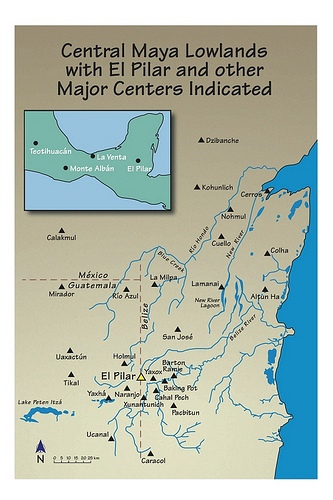 _______________________________________________
_______________________________________________
 Above and below: Most of the El Pilar structures remain enshrouded in foliage, a natural strategy for conserving its remains. Courtesy BRASS/El Pilar Program
Above and below: Most of the El Pilar structures remain enshrouded in foliage, a natural strategy for conserving its remains. Courtesy BRASS/El Pilar Program
_____________________________________
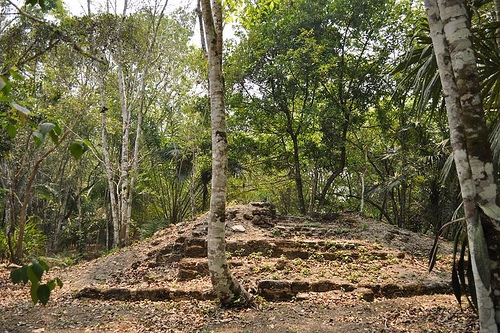 _________________________________________________
_________________________________________________
More information about the LiDAR discoveries at El Pilar, including the Citadel, can be found in the article, Seeing Through The Canopy, by Anabel Ford.
_____________________________________
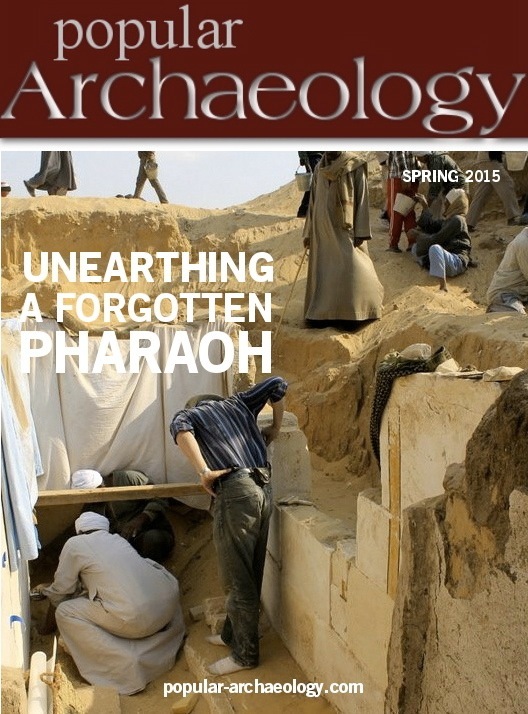 Read about the most fascinating discoveries with a super-saver subscription to Popular Archaeology Magazine. Find out what Popular Archaeology Magazine is all about.
Read about the most fascinating discoveries with a super-saver subscription to Popular Archaeology Magazine. Find out what Popular Archaeology Magazine is all about.
And the latest Popular Archaeology ebook is now available!
Recently released!
A special new premium quality print edition of Popular Archaeology Magazine. A beautiful volume for the coffee table.
Travel and learn with Far Horizons.
____________________________________________
 Popular Archaeology’s annual Discovery Edition eBook is a selection of the best stories published in Popular Archaeology Magazine in past issues, with an emphasis on some of the most significant, groundbreaking, or fascinating discoveries in the fields of archaeology and paleoanthropology and related fields. At least some of the articles have been updated or revised specifically for the Discovery edition. We can confidently say that there is no other single issue of an archaeology-related magazine, paper print or online, that contains as much major feature article content as this one. The latest issue, volume 2, has just been released. Go to the Discovery edition page for more information.
Popular Archaeology’s annual Discovery Edition eBook is a selection of the best stories published in Popular Archaeology Magazine in past issues, with an emphasis on some of the most significant, groundbreaking, or fascinating discoveries in the fields of archaeology and paleoanthropology and related fields. At least some of the articles have been updated or revised specifically for the Discovery edition. We can confidently say that there is no other single issue of an archaeology-related magazine, paper print or online, that contains as much major feature article content as this one. The latest issue, volume 2, has just been released. Go to the Discovery edition page for more information.

